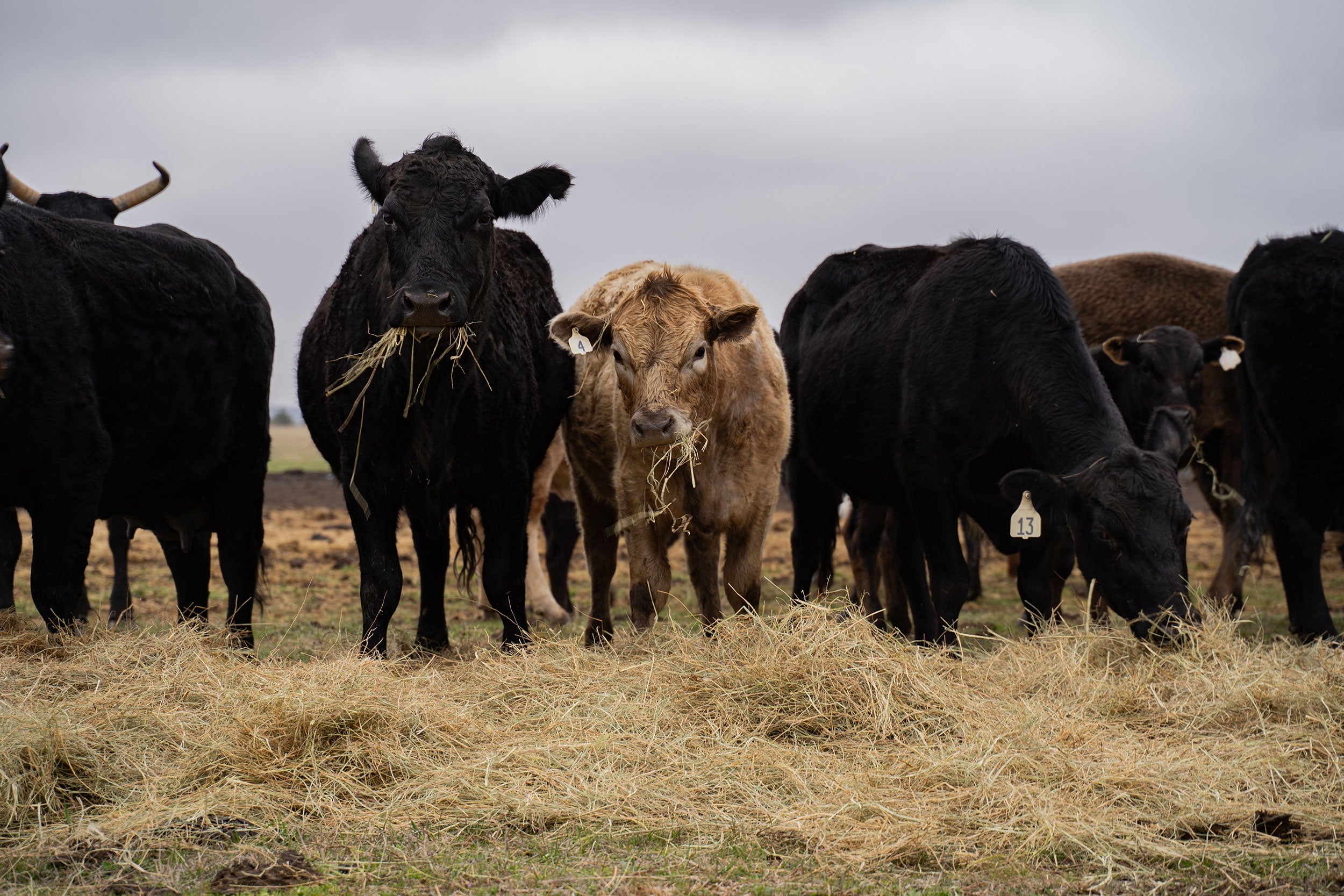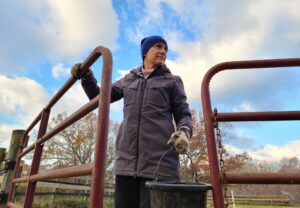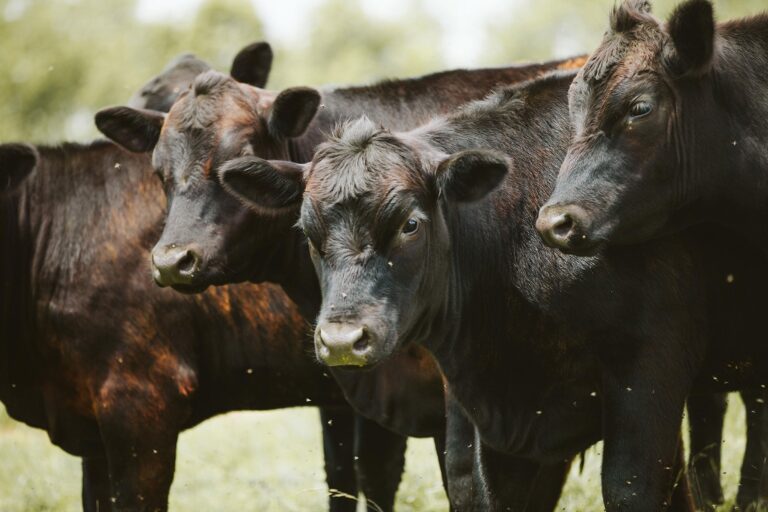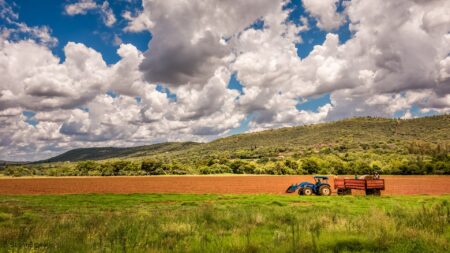The political fight over beef prices intensified this week after Agriculture Secretary Brooke Rollins said on Fox Business that Americans could see relief “as soon as next spring,” despite industry warnings that the cattle cycle cannot be accelerated by government action.
In reporting from The Washington Times, Rollins insisted that the administration’s projections show price declines ahead.
“The president is hyper, hyper focused on this,” she said. “Our numbers and our formulas are showing that prices will start coming down as soon as next spring and certainly by summer and fall of next year.”
She blamed high prices on drought, screwworm outbreaks, and what she called the previous administration’s climate policies.
“We are suffering from the last administration’s literal war on cattle,” Rollins said.
Her optimism stands in sharp contrast to industry leaders who say the biological timeline of cattle production makes a rapid turnaround impossible. In a separate interview with Fox Business, Omaha Steaks CEO Nate Rempe said Americans are approaching what he calls the “$10-a-pound reality” for ground beef. “By third quarter of ’26, families are gonna see $10 a pound in the grocery store,” Rempe warned. “I don’t believe we’ll see price[s] come down in any meaningful way until sometime in 2027.”
Rempe pointed to the fundamental issue: the national herd is at a 70-year low, and rebuilding is already slowing slaughter numbers.
“There’s this concept in the industry called ‘heifer retention,’ ” he explained. Ranchers keeping back females for breeding means fewer cattle going to market in the short term. “That means that the supply is gonna continue to shrink as fewer cattle are going to market,” he said.

Even as Rollins promotes a plan to rebuild the herd with expanded grazing access, new loans for young ranchers, more local processing plants, and stronger American-made labeling rules, the administration is also turning to foreign supply as a short-term pressure valve. The proposal to open an additional 5 million acres of federal land to grazing may provide more space for producers looking to expand, but it does not erase the ecological constraints that shape every cattle cycle in the West. Grazing capacity is ultimately determined not by acreage alone but by also the rain it receives, and the forage it produces.
While imports may nudge retail prices, they do nothing to address the long rebuilding process that starts with a bred heifer and ends years later with finished beef ready for market. The Washington Times noted that demand remains strong — “People want more beef. It’s extremely healthy,” Rollins said — but turning demand into supply is not instantaneous.
The White House has also directed the Department of Justice to investigate major meatpackers for alleged “illicit collusion, price fixing and price manipulation,” seeking to show action on inflation ahead of a politically sensitive year. But structural cattle shortages cannot be resolved through litigation, labeling changes, or acreage leases alone.
»Related: Perspective: No shortage of emotional impacts in beef markets


:max_bytes(150000):strip_icc()/Kevin-Matthews-North-Carolina-Deere-combine-2-2000-933a9b4a41074f4e8519fb2265cc2a50-93c959812f904cb9a2c50b998f8868de.jpeg)






:max_bytes(150000):strip_icc()/49445657561_b1fcbfbcec_o-ec05e784dff44a8498ec134555cf02c3.jpg)

:max_bytes(150000):strip_icc()/102195214_beef_cattle-5c2eb9f466fb4b5cb550eb06fd3405bc.jpg)
:max_bytes(150000):strip_icc()/Markets-4-Soybeans-candlestick-down-15-56fa1f6bc0d943ab952eeaea08f1cf83.jpeg)